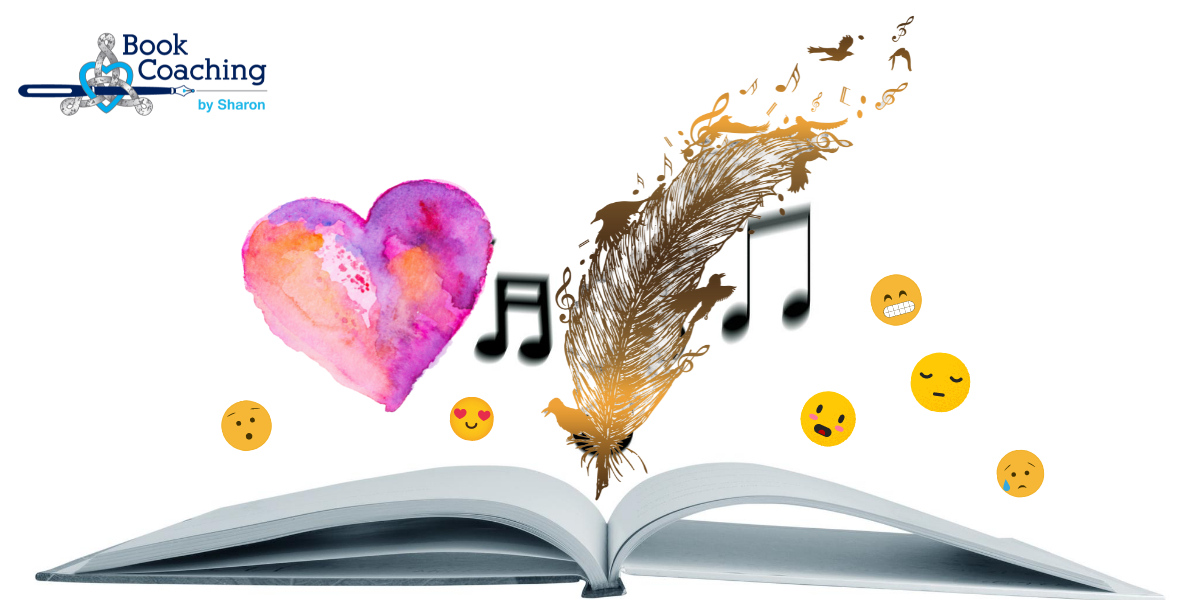Understanding Pacing

Pacing is an important component of effective writing, but what exactly is it and how can we use it to the best advantage in our writing?
I was on a recent call with a group of book coaching colleagues where we got into an in-depth discussion on pacing. It got me thinking about how I approach this particular craft component, the issue of using pacing effectively in writing, and how I address it with my book coaching clients.
Some of the questions that come up when we discuss pacing include:
What is pacing? Why is it important? How can we use it effectively? When do we know when the pacing is right?
Pacing, like voice, can seem elusive, but as with all writing craft tools, once you know how to develop pacing, you can apply the technique throughout your work.
What is pacing?
For me, pacing is all about where the narrative makes the reader’s heart race, where it gives them time to think, and where it lets them breathe. It’s about using words and sentence structure to provide an ebb and flow of energy like opening and closing a valve. Pacing is not only the rate at which a story develops, it is the rate that a reader moves through and experiences the story.
Why is pacing important?
With the right pacing, the reader will experience the story in a more meaningful way. Good pacing helps create a deep emotional and visceral connection.
How do we use pacing effectively?
One way to use pacing to best effect in your writing is to think of a book like a piece of music, where pacing is the tempo, the speed at which the piece should be played. Or, in this case, read.
The great thing about using musical tempo as a guide is that the pace is measured in heartbeats!
Here are a few examples from Wikipedia:
Grave — very slow (25–45 bpm)
Andante — at a walking pace (73–77 BPM)
Moderato — moderately (86–97 BPM)
Allegretto — moderately fast (98–109 BPM)
Allegro — fast, quickly and bright (109–132 BPM)
Presto — very, very fast (168–200 bpm)
Prestissimo — even faster than presto (200 bpm and over)
When we want the reader to slow down and take time with a scene or section, we use longer sentences, multi-syllabic words. Slow languorous, passages filled with engaging description offer atmosphere and feelings of peace.
To speed them up, we use shorter sentences and single syllable words. Short paragraphs and lots of white space filled with action help the reader’s eyes move down the page more quickly and create a sense of rapidity.
Word choice makes a difference, as well. Getting down to the micro level, you can use the sounds of words to increase or decrease the pace.
Words with hard vowel sounds have a quickness to them, while longer, more rounded vowel sounds tend to have a slower, more soothing effect. For more on this, I recommend you check out Darcy Pattison’s blog post on Word Sounds. (It’s an oldie, but a goodie.)
When do we know the pacing is right?
Think in terms of what you want your reader to feel while reading. Match the pace to the scene, the action, and the point of what is happening. Use the musical terms and the heart rates they represent to see if your prose is making the most of pacing.
Consider the difference between:
The earth shook. Horns blared. People screamed. The ground opened. The porch lurched, and Jim fell.
And…
The ground rumbled and growled, shaking the house. The entire street filled with noise, car alarms squealed and blared, as peopled rushed outside screaming in terror. A long crack opened in front of his house, ripping away the front porch where he stood, and Jim fell in.
The next time you read a passage in a book and you find yourself getting anxious, check to see how the author has not only created tension and suspense by pulling you into the emotional realm of the character but also the way they have structured the narrative. Watch for places in an action-heavy story where the author slows the narrative to allow the reader to breathe, in a romance to draw out the sensations of the lovers’ passion, or in a thriller to raise the tension by drawing out the time it takes for the hero to hack into the villain’s alarm system, much to the consternation of the poor reader who is thinking, “hurry, hurry, hurry!”
Word choices, sentence structure, paragraph length, all contribute to the mood, tone, and pacing of a scene or story. Try applying prestissimo the next time you want a scene (and the reader’s heart) to race!
NOTE: This blog post previously published on Medium.
Sharon as Book Coach:
In addition to being a speculative fiction author, I am also an Author Accelerator Certified Book Coach I help writers weave their words into stories that shine. If you want to know more about book coaching and what a book coach can do to support you on your writing and publishing journey, check out my book coaching webpage.


